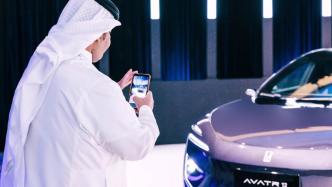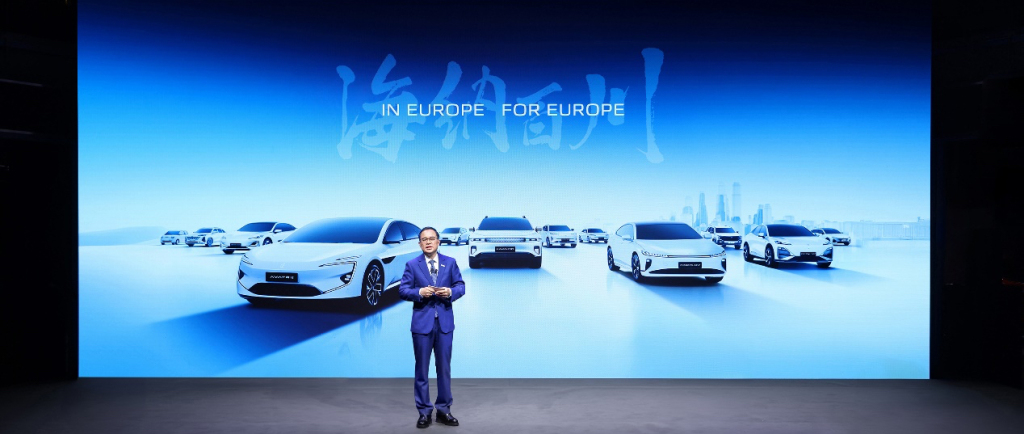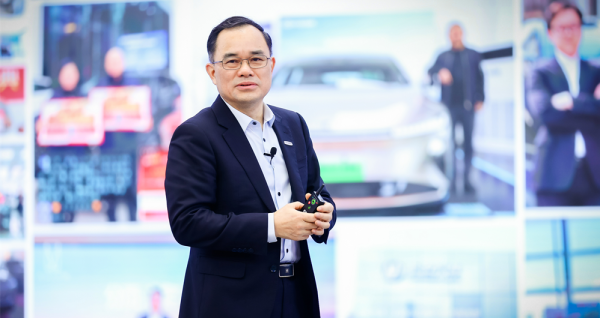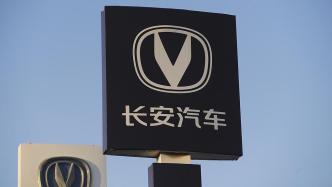
At the end of August, I took a trip to Saudi Arabia.
“Now is definitely not the right time; you should come during the Riyadh Season.” When the locals learned I had flown ten hours from Shanghai (note: the direct flight from Shanghai to Riyadh just opened in April this year), they unanimously recommended the “Riyadh Season” to me. This “Riyadh Season” they spoke of is the largest entertainment event in Saudi Arabia, running from October to March of the following year.
However, at that time, I completely misunderstood, interpreting “season” literally as a time of year, mistakenly thinking they were referring to Saudi Arabia's “golden autumn” in October.
It was my third night in Riyadh, and my phone displayed an outdoor temperature of forty degrees Celsius. It seemed like I had just flown from one hot place to an even hotter one, all to attend Changan Automobile’s Middle East and Africa launch conference.
Although the actual duration of the conference was merely a tenth of the flying time.
Yet, there are a few times a year when I am inexplicably tempted by curiosity. At this moment, Chinese cars are booming internationally, and hearing that Changan is doing very well in the Middle East made it worth checking out. Additionally, I had never been to any country in the Middle East, so I decided to go.
Starting from its entry into Morocco in 1994, Changan has been deeply rooted in the Middle East and Africa for forty years. Regarding the Saudi market specifically, Changan established its dealer, Almajdouie Motors, in 2015; in 2016, Changan delivered its first new car in Saudi Arabia, marking Changan’s entry into the daily lives of the Saudi people. Today, Changan is the leading Chinese brand in Saudi Arabia.
What is the secret to Changan's success? After conversing with several Saudis, the consensus was that it hinges on value for money and dealer relationships.
If I had to choose only one answer, it would be the dealer. They help foreign brands establish trust in the local market, which is crucial for conducting long-term business in Saudi Arabia. One Saudi told me that Almajdouie is “a good choice.” How do you define “good”? I can only speculate; perhaps it’s the long-standing history of Almajdouie, founded in 1965, or maybe the strong relationship between Almajdouie and Changan.
The most successful foreign car brand in Saudi is Toyota, which has collaborated with the car dealer Abdul Latif Jameel for almost seventy years. Another Saudi pointed out, “Another Chinese brand, MG, just switched to a new dealer, which is better than the previous one.” MG, which entered Saudi around the same time as Changan, appointed a new dealer, Mohanmed Yousuf Naghi, last year; this company also represents Hyundai and BMW.
A “good choice” translates to reliable after-sales service, which is a top priority for Saudis when buying a car. At the Middle East and Africa launch conference, Changan unveiled three major brands (Changan, Deep Blue, Avita), outlined its upcoming product release plans, and emphasized that customer service is Changan Auto’s top priority. Changan aims to bring its user brand withU to every customer in the Middle East, and through strategic collaboration with dealer partners, they plan to establish parts centers and technical support centers in the region, increasing user response time by 50%. Changan will also develop a professional maintenance team to continuously enhance the after-sales service experience.
The attendees of the launch conference included media representatives, social dignitaries, and major customers. However, all the Arabs were dressed in the same traditional attire of robes and headscarves, making it nearly impossible to discern who among them was more powerful just by sight. It’s said that Saudis are particularly fond of Mercedes-Benz, viewing it as their top luxury brand. Whether this validates a viewpoint or is merely a coincidence, most of those I spoke with were Riyadh residents driving Mercedes S-Class vehicles. When I jokingly referred to them as ‘super rich,’ they merely waved their hands dismissively as if it meant nothing.
Statistically, Japanese and Korean car brands continue to dominate the Saudi automotive market, with Toyota and Hyundai alone capturing 40% of the market share. On the streets of Riyadh, Toyotas and Hyundais are overwhelmingly present, with Changan cars being few and far between.
However, Chinese cars, led by Changan, have emerged as a formidable force in the region. In 2017, Chinese brands accounted for less than 1% of new car sales in Saudi Arabia; now, they hold over 15% market share. Analysts attribute the rise of Chinese manufacturers like Changan and Geely in Saudi to the increasing number of female drivers. (Note: Women were only allowed to drive on public roads in Saudi in 2018.) A Saudi I met at the conference shared with me, “Girls really like Changan as their first car; it’s affordable yet has richer features. When it comes to rentals, compared to Japanese and Korean options, Chinese cars offer better value.”
“If it were me,” the Saudi pointed at the Avita 11 and Avita 12 on display, “I’m quite looking forward to Changan’s own premium brand; who knows, I might buy one to try it out.” This Saudi owns a Mercedes S-Class, but he recently took it in for repairs because it was so hot in Riyadh that the air conditioning failed.
He then began to talk about the ‘Riyadh Season’ (note: Riyadh Season began in 2021), and I realized that I must have mistakenly thought that Riyadh Season was referring to Saudi's golden autumn in October.
During my four days in Riyadh, I found it hard to define what kind of city this truly is or what Saudi Arabia is like. However, one thing I am certain of is that before the subway was built, this was a city where one could hardly move without a car. Just before my departure, the search terms I looked for on Xiaohongshu included ‘Riyadh cinema,’ ‘Riyadh supermarket,’ ‘Riyadh mall,’ ‘Riyadh coffee shop,’ and ‘Riyadh Japanese restaurant,’ which led me to roughly conclude that this could be a livable city, similar to Shanghai.
But all these conveniences did not come about by accident; the presence of cinemas, flourishing coffee shops, legal driving for women, more direct flights between China and Saudi, and the emergence of the Riyadh Season all occurred after 2016 and are directly related to the “Vision 2030” plan issued by Saudi Crown Prince Mohammed bin Salman, commonly known as MBS.
“Vision 2030” aims to free Saudi Arabia from its dependence on oil and achieve economic diversification. In simple terms, it is about developing a non-oil economy. MBS is relentlessly pursuing this grand vision, increasing government spending to support tourism, retail, automotive industries, and more, even as the global oil market remains sluggish, and crude oil prices cannot sustain Saudi’s multi-billion-dollar transformation plans. After 2022, Saudi's finances transitioned from surplus to deficit again, but analysts believe a small deficit isn’t alarming, as the kingdom has ample foreign reserves to bridge this gap.
Saudi society is undergoing extensive transformations, and those seizing opportunities are poised to make significant strides.


